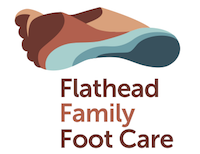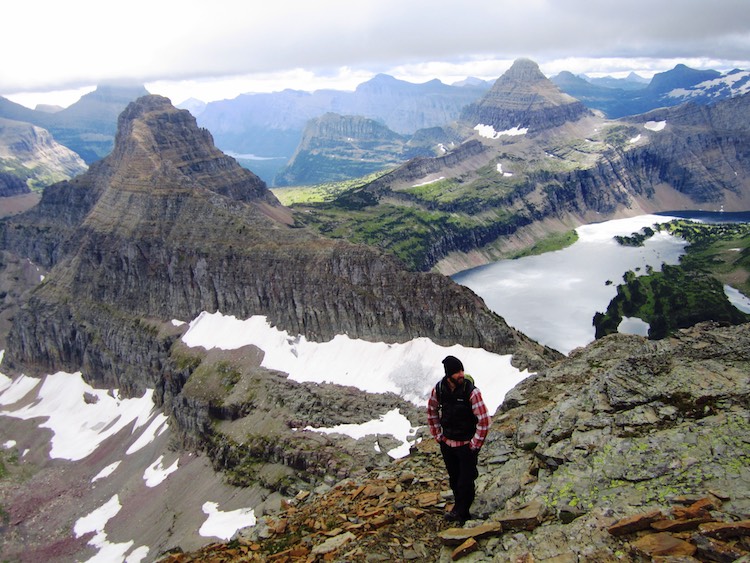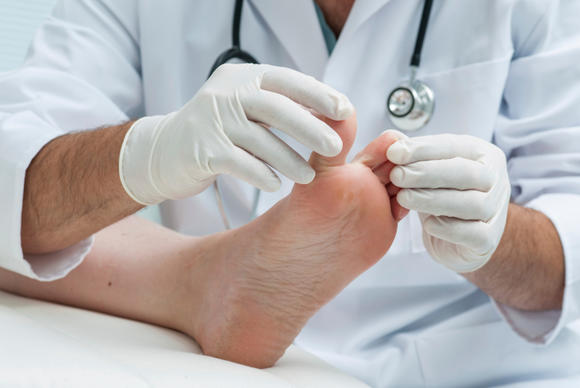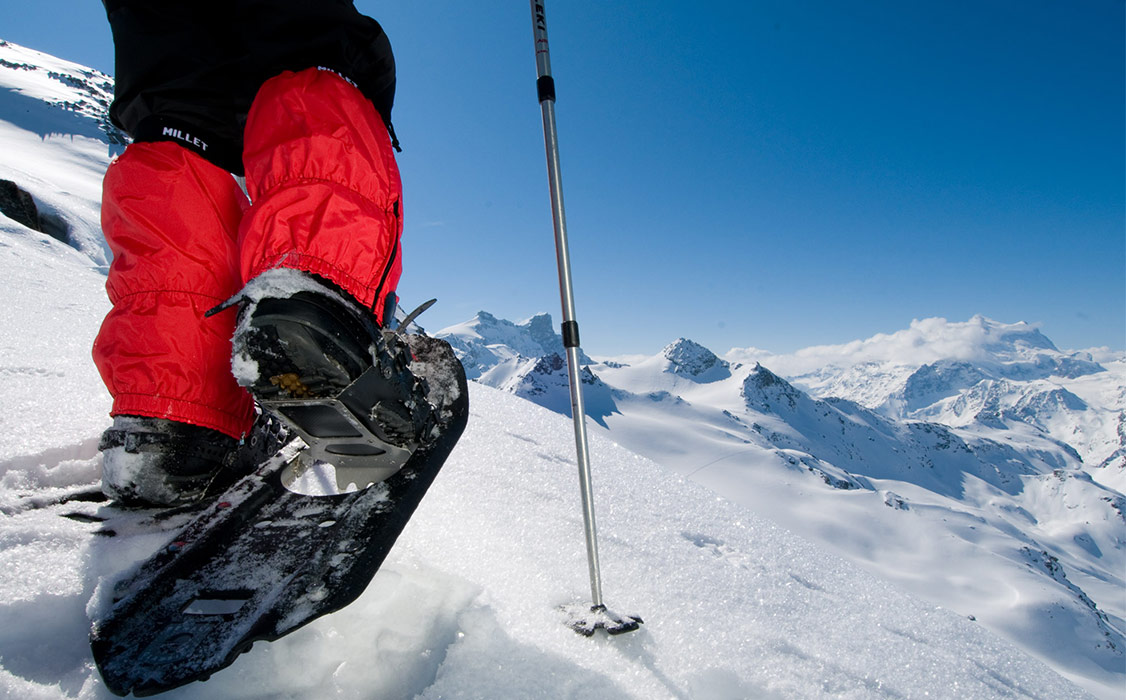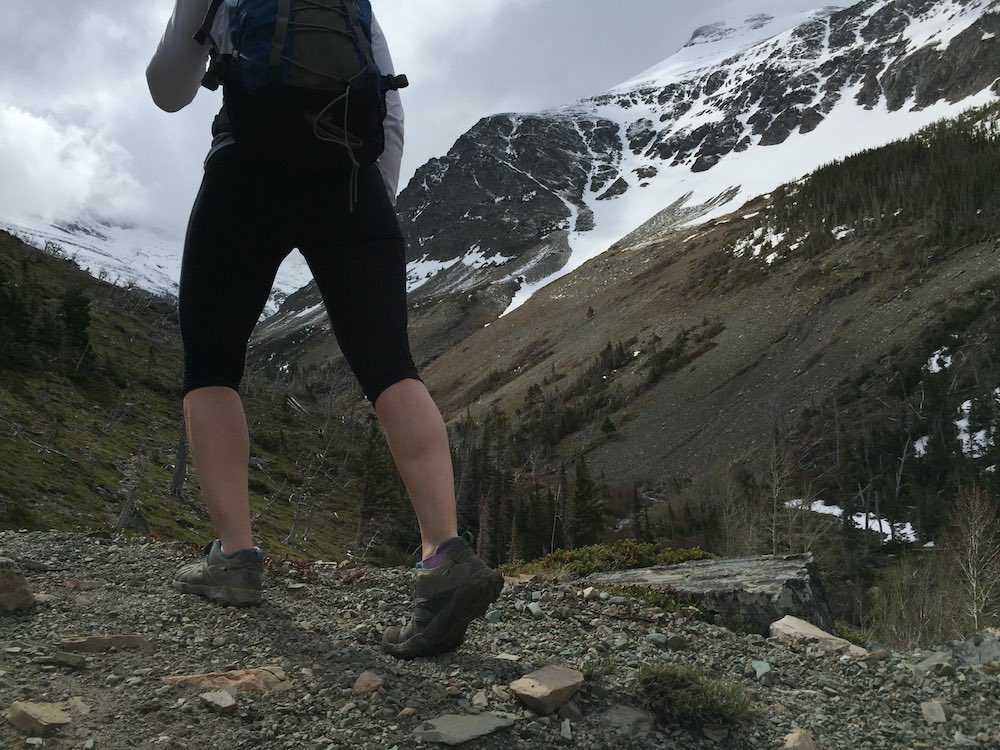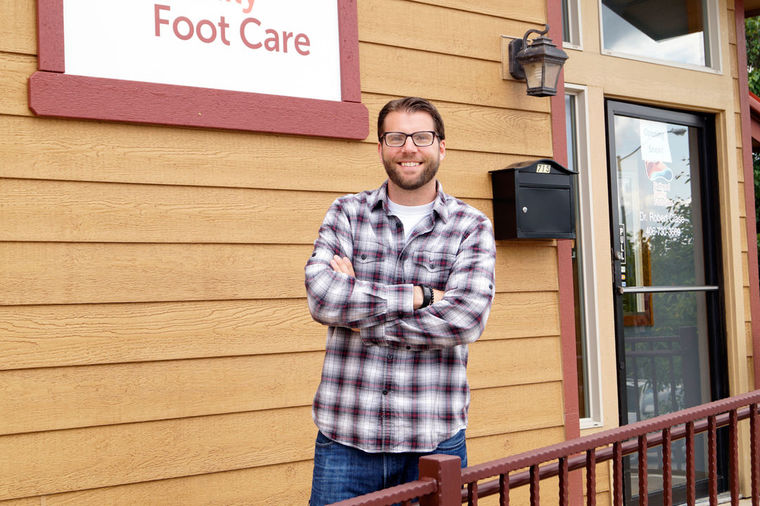Are You Ready For Hiking Season?
Tips for choosing the right footwear.
As the temperatures warm and the mountain snow begins to melt, you realize that it’s almost that time again… hiking season. As the park starts to thaw, I can always begin to smell a faint hint of pine and freshness in the air as the mountains call to me again. It’s time to break out the hiking boots and get ready for another season of hiking and climbing.
But before you lace them up and head out there, it is good to check the condition of the boots first. Hiking in a worn out boot or shoe can turn a pleasurable day in the mountains into a painful experience for your feet and knees.
Reaching that summit or hidden mountain lake is an incredible feeling of wonder and achievement, but by accomplishing this you’ve just put and extraordinary amount of stress and pressure on your feet. So take care of what got you there and make sure you are wearing the appropriate footwear.
Guidelines for choosing the right pair of hiking boots:
- First you must choose the right style of hiker for your intended activity.
Light hikers– light weight, breathable with a low cut ankle. These are best for day hikes on well maintained trails. Not recommended if carrying a large pack or hiking on aggressive, steep, uneven terrain.
Backcounty/Backpacking boot– more durable boots which are high cut to offer good ankle support. Will have a stiffer midsole for more support on uneven terrain. Recommended when carrying a large pack over long distances and when hiking in steep, uneven terrain.
Mountaineering Boots– Heavier with thick durable material. Very stiff, designed for alpine climbing and use of crampons.
2.Stiff soles– The stiffer the better in my opinion, even with light hikers. There has been a trend recently for running and light hiking shoes to be super light and flexible. Light is great but flexible can lead to problems when hiking even moderate distance on good terrain. What you want is a light shoe but the midsole should be firm. When you take the shoe in both hands and try to bend it upward, it should be quite stiff and the only bending should occur near the toes. This will allow maximal support and protect the bottom of the foot from rocks or other jagged objects.
3. A good fit:
- Try multiple brands: Different companies have different last or molds of shoes and one company may fit your foot type better than another. Try on many different brands and styles to see which feels best. Wear your hiking socks when trying on boots. You want to try to replicate what it will feel like on the day of the hike.
- Have your feet measured: Make sure you are truly getting the right size. Feet change over time and the size you think you are may not always be accurate. When the boot is on and laced up, push your toes into the front of the shoe as far as they will go, then put your index finger down the back of the heel. There should be only enough room to snuggly fit the width of your finger. Anything more=too loose, can’t get the finger in= too tight.
- Spend time walking in the store. Look for any slippage or hot spots.
- Time of the day. Your feet will swell throughout the day, the more you are on them. It is best to try on shoes later in the day to account for any swelling.
- 4. Insoles: Replace the factory insoles. The insoles that come with that boots are generic and nothing more than light cushioning. Everyone has a different foot type and getting a good insole designed for your foot can take a good boot and make it great. However the wrong insole can do the opposite and ruin a good boot.
- Recommended insoles: Sole, Superfeet, Powersteps
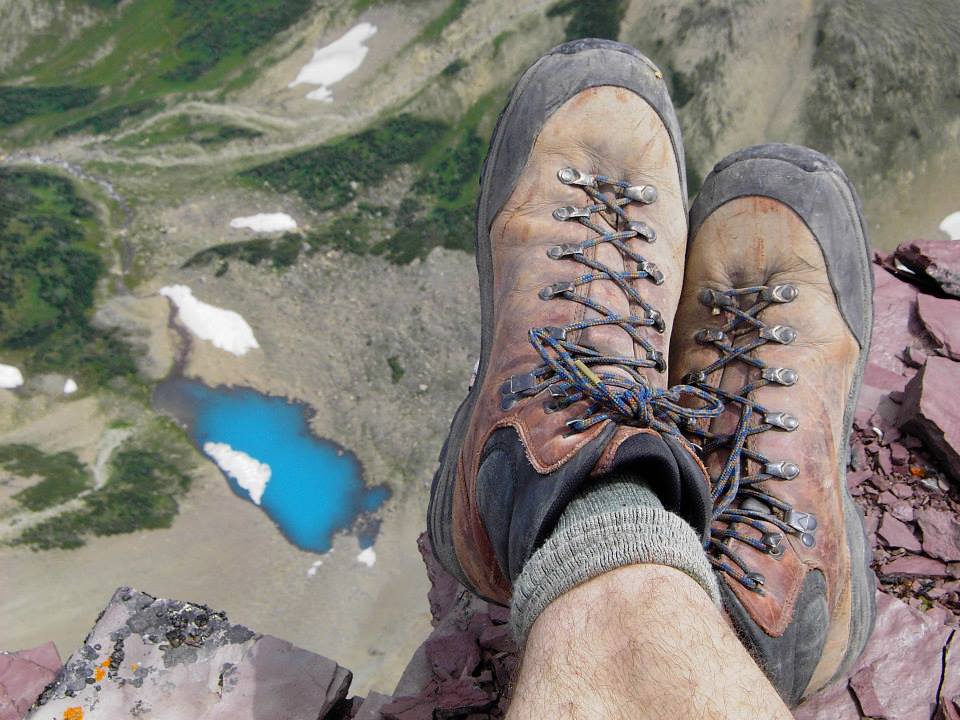 See a foot specialist: It is important you rely on someone with knowledge to help fit you with an insole, because the wrong insole will cause nothing but pain and frustration. Don’t use that foot scanner at the pharmacy; you will be paying too much for a product that will not give the quality, fit or support of other products available. Depending on your foot type an over the counter insole may not be enough to adequately control the mechanics of your foot. At Flathead Family Foot Care, Dr. Clase will examine your feet to identify any possible problems, discuss insoles, and recommend the best footwear to keep your feet injury-free during this hiking season. So let’s get out there and explore!
See a foot specialist: It is important you rely on someone with knowledge to help fit you with an insole, because the wrong insole will cause nothing but pain and frustration. Don’t use that foot scanner at the pharmacy; you will be paying too much for a product that will not give the quality, fit or support of other products available. Depending on your foot type an over the counter insole may not be enough to adequately control the mechanics of your foot. At Flathead Family Foot Care, Dr. Clase will examine your feet to identify any possible problems, discuss insoles, and recommend the best footwear to keep your feet injury-free during this hiking season. So let’s get out there and explore!

